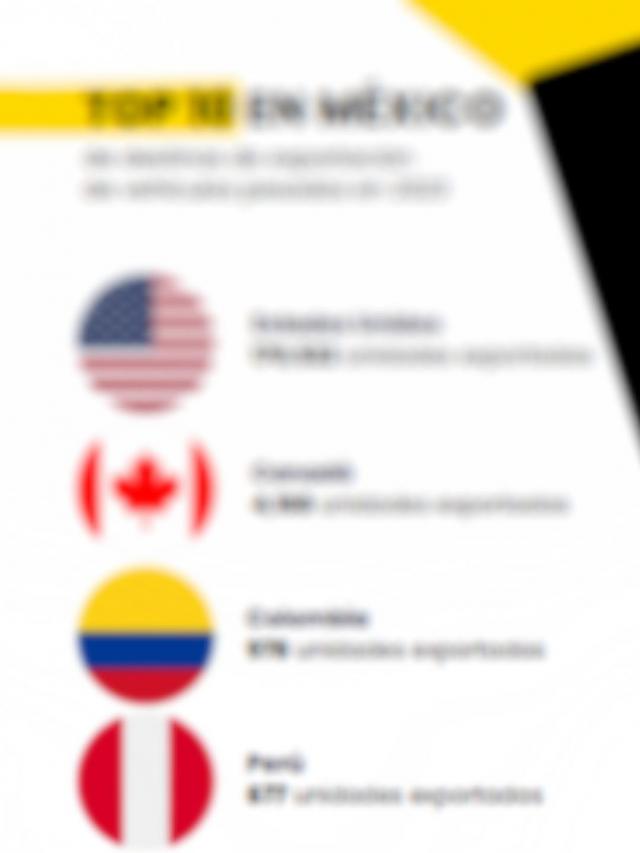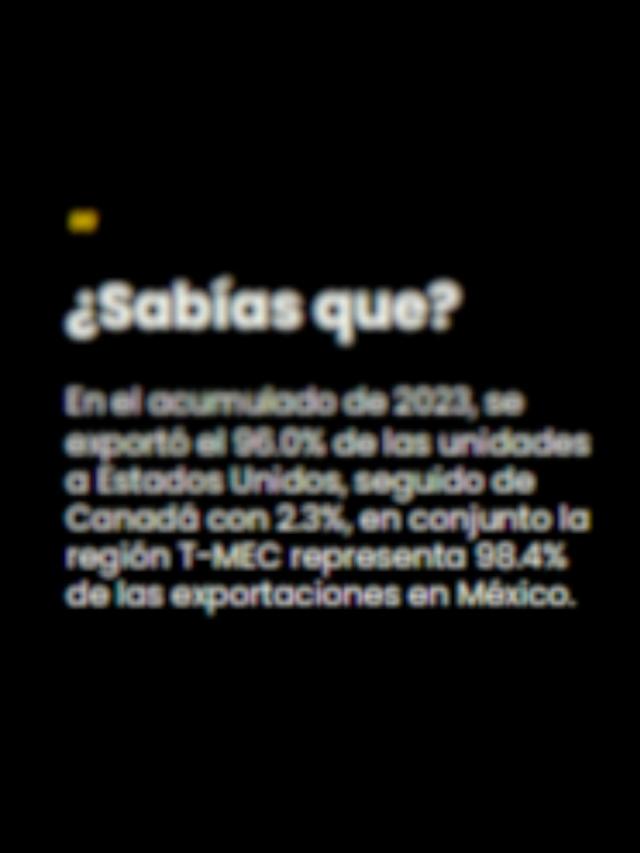 TIJUANA, BC.- The tariff policy imposed by the United States has caused, in addition to uncertainty, companies to implement strategies to minimize the negative effects on logistics, although they also represent opportunities for growth.
TIJUANA, BC.- The tariff policy imposed by the United States has caused, in addition to uncertainty, companies to implement strategies to minimize the negative effects on logistics, although they also represent opportunities for growth.Rebeca Sánchez , professor at CETYS University , explained that tariffs have become a challenge for the relocation of operations in Mexico and internationally, which has led to greater analysis of how to carry them out.
“There’s a lot of uncertainty. We don’t know if what we call tariff policy today will persist tomorrow or permeate the industry. This uncertainty makes us reconsider our strategies as a business, company, or logistics organization, and what we need and should do. Tariff policy forces us to look for ways to survive, but also to seek opportunities,” he noted.
During the panel Mexico on the global map: Logistics and the impact of tariff policies , which took place at the first edition of the Transportation and Logistics Meeting (ETYL) CALI-BAJA 2025 , Gabriela Fernández, Trade & Logistics Manager of Tacna Services , indicated that this policy has impacted the operational part of the company with delays at border crossings.
“Before, two or three crossings were made, and now if they manage to get one across, it’s a miracle. Now, for products that carry steel, we have to separate it, pay the tax, and be able to declare it. For us, it’s been a heavier burden to have to check the countries of origin, and it’s a different cost,” he said.
He even mentioned that this situation has already caused the closure of five companies dedicated to importing products from China and returning them to the United States.
“These reforms have greatly affected all parties, including customs agencies when they started with the taxes, and they aren’t prepared. The system isn’t prepared to apply that tax because I don’t have it. I think they’re very stomach-pumping measures to be able to pressure for certain things, such as security control, and now they’re fighting us even for water,” he explained.
However, the specialists assured that there are also opportunities to optimize logistics between the two countries , such as forming alliances with certain suppliers and customers.
“Opportunities in the supply chain exist on both sides, the customer and the supplier. Many multinationals are seeking to strengthen strategic alliances with regional suppliers, relocate or relocate our operations closer to the consumer market, utilize new technologies, and also align with customer expectations,” Sánchez said.
Meanwhile, Gabriela Fernández mentioned that her analysis includes reviewing the countries with the highest taxes to find others that can supply raw materials with lower or zero taxes, while also focusing on logistics, cost reduction, and security.
Regarding the impact of tariffs on logistics corridors, they indicated that uncertainty could affect their efficiency in terms of time and costs , but they also offer an advantage for Mexico.
“Previously, I had clients who exported products from the United States to Europe, where they had to distribute them because they didn’t pay taxes. But now they do, and sometimes doing inbound shipping involves more costs and paying for a more expensive warehouse in the United States. Now, they’re trying to redirect their logistics from Tijuana or Baja California to the rest of the world,” Fernández said.
Therefore, he asserted that the country has a great opportunity to improve its logistics and export to the rest of the world, not just the United States. “Europe is opening the door for us and saying, ‘I’m here, sell me,'” he emphasized.
Rebeca Sánchez commented that there are countries like Japan, Brazil, or regions like the European Union with which Mexico has trade agreements. She also indicated that advanced manufacturing would have to be sought, and that “tariff policies are evolving in the sense that I have to look for other trading partners or business opportunities, and not just what we have with North America.”
Comment and follow us on X: @evandeltoro / Sent / @GrupoT21















